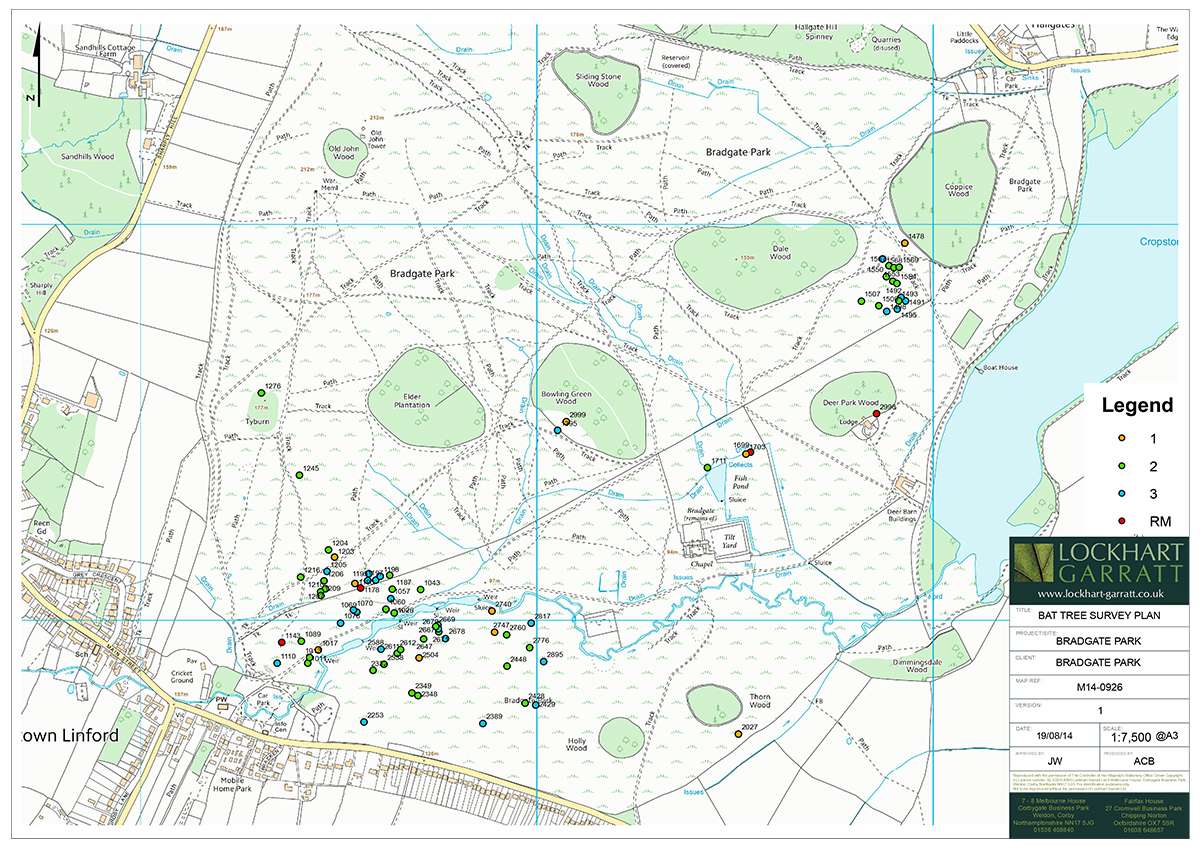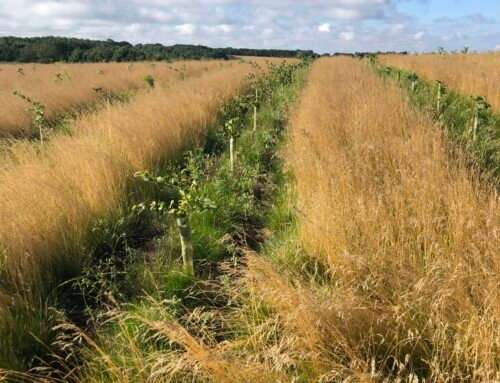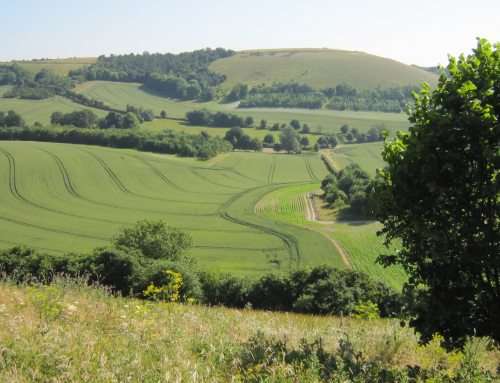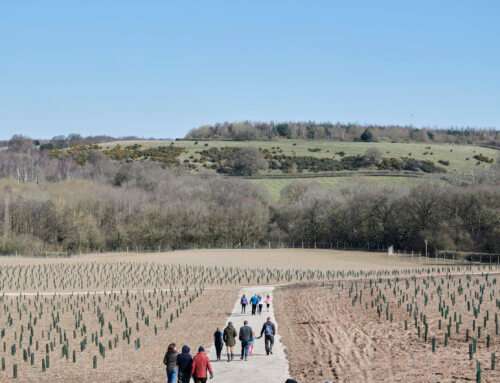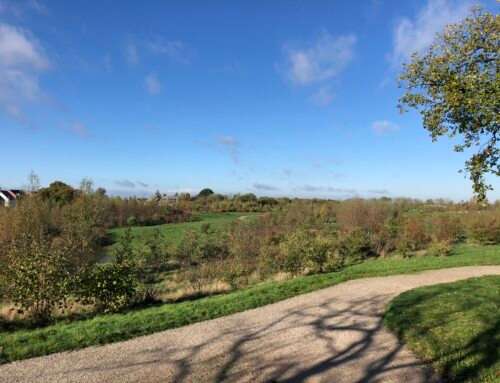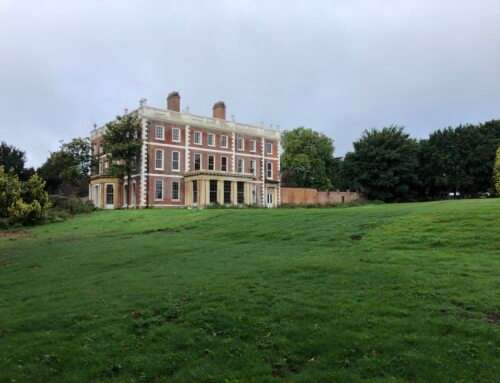Bradgate Park- bat conservation in ancient parkland trees
Bradgate Park offers 335 ha (830 acres) of publicly accessible countryside just a few miles north west of Leicester city centre and is popular with cyclists, dog walkers and ramblers. First enclosed as a deer park around 800 years ago, the landscape is wild and rugged, dotted with rocky outcrops and oak trees, many of which are well over 500 years old.
The Bradgate Park Trust, the educational and heritage charity that runs the park is fully committed to preserving and protecting the wildlife that the park’s landscape houses. As a result, Nicholsons Lockhart Garratt’s bat specialist was commissioned by the trust to survey some of the park’s ancient trees for bat roosts prior to tree surgery work that was as identified as necessary to prolong the lifespan of the trees.
As a Site of Special Scientific Interest, Bradgate Park is a haven for wildlife, including several species of bat. The work was undertaken using a ground-based survey aided by a sub-meter GPS system which focused on the likely impact of the proposed works. At all stages of the process, Nicholsons Lockhart Garratt worked in close partnership with the team from Bradgate Park and Natural England.
After evidence of bats was identified, the use of a video recording endoscope helped to confirm the roost as active and showed the Bradgate Park staff instant, high quality pictures of bats within the trees. At the end of the project, Nicholsons Lockhart Garratt provided staff training on bat skills and knowledge to ensure that the habitats and environment was maintained to accommodate the park’s important bat colonies.
KEY FEATURES
- Necessary evidence of bat habitation identified
- Digital mapping of park’s features undertaken
- Staff’s knowledge improved in order to reduce the need for future consultancy

